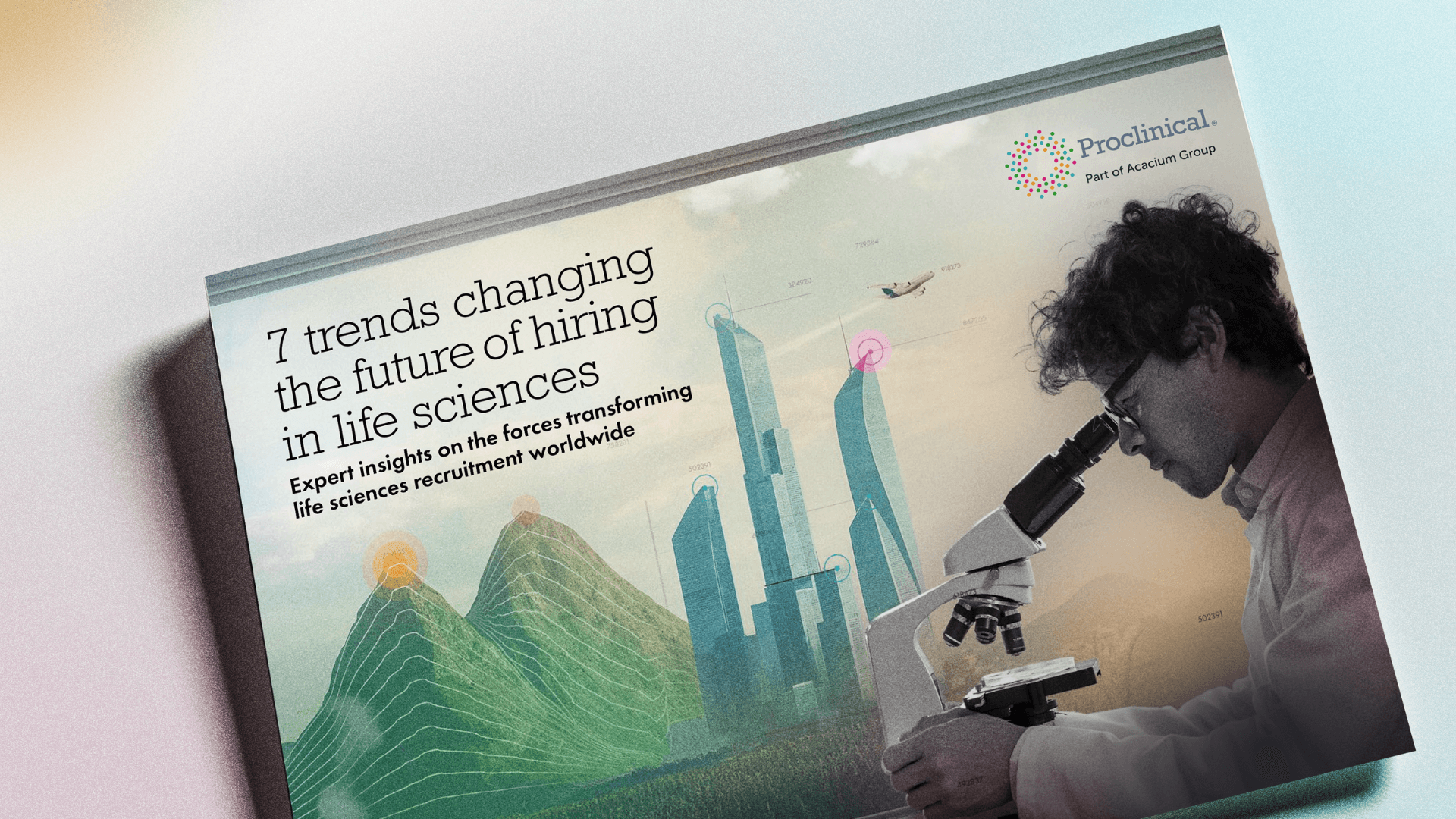
Often in the face of prejudice and discrimination, many famous women in medicine over the centuries have made outstanding medical contributions, and continue to do so today. Throughout history, women were largely excluded from the realms of science and medicine, except for nursing or midwifery, but there are some rare exceptions of women in medicine, tracing back to ancient times. The mid-1850s marked a turning point in society’s view towards women working in science and medicine, although they would still struggle to be seen as equals for the next hundred or so years.
Here is Proclinical’s list, celebrating some of history’s most influential women in life sciences and their extraordinary achievements, leadership, and contributions that have saved countless lives and continue to inspire generations of women in medicine to this day.
Metrodora (c. 200-400 AD)
Metrodora, a Greek female physician, wrote On the Diseases and Cures of Women, the oldest medical text known to be written by a woman. Notably, it did not include information on obstetrics, the study of childbirth, which was extremely rare in a time when women were restricted to gynaecology and midwifery. However, Metodora is known to have covered all areas of medicine related to women, developing various therapies and surgical techniques that were revolutionary in her time. She was heavily influenced by the work of Greek physician Hippocrates, and her work has influenced and been referenced by many other physician writers throughout history.
Elizabeth Blackwell (1821-1910)
British-born Elizabeth Blackwell is best known as the first woman to earn an medical degree (MD) in the US. She was raised in a forward-thinking, socially active family. Her father was a passionate advocate for the abolition of slavery, and her siblings went on to campaign for women’s rights. After facing rejection from several universities, Blackwell was finally accepted to Geneva Medical College in 1847. She received hostility from her fellow students at first, eventually earning their respect and graduating first in her class in 1849. In 1857, she opened the New York Infirmary for Women and Children along with her sister, Dr Emily Blackwell (the third woman to earn an MD) and Dr Marie Zakrzewska.
Blackwell played an important role in both the United States and the United Kingdom as a social awareness and moral reformer, and promoted education for women in medicine through her inspirational book Pioneer Work in Opening the Medical Profession to Women.
Marie Curie (1867-1934)
Polish mathematician and scientist Marie Curie collaborated with her husband, Pierre, to discover two chemical elements in the periodic table: polonium and radium. This important work observed that there was a relationship between radioactivity and the heavy elements of the periodic table, and led to much advancement in medicine. Most notably, it led the way to the development of the x-ray, which allowed internal imagery to be used for diagnosis without the need for open surgery, and radiation therapy for treating cancer.
During WWI, Marie and her daughter Irene brought mobile X-Ray machines and radiology units to the front line, which allowed more than a million wounded soldiers to be treated.
Curie earned a Nobel Prize in Physics in 1903, and yet another in Chemistry in 1911, the first and only woman to have been honoured twice. The Curie Institute in Paris, she founded in 1920, is still a major cancer research facility today.
Gerty Cori (1896-1957)
Another Nobel Prize winner, Gerty Cori, earned the prestigious award for her work in medicine/physiology in 1947. Cori was the first woman to win a Nobel Prize in this category. She worked with her husband, Carl Ferdinand Cori, with whom she shared an interest in preclinical science, to prove vital concepts in genetics. Their work led to the discovery that an enzyme deficiency could be responsible for metabolism disorders. They also carried out multiple studies on the action of hormones, focusing on the pituitary gland. Over her lifetime, Gerty won several other awards in recognition for her contributions to science and earned honorary Doctor of Science degrees from Boston University, Smith College, Yale, Columbia and Rochester between 1948 and 1955.
Virginia Apgar (1909-1974)
Virginia Apgar is famous for her invention of the Apgar score, a vital test that was quickly adopted by doctors to test whether newborn babies required urgent medical attention. The Apgar score is responsible for reducing infant mortality rates considerably and is still used today to assess the clinical condition of newborns in the first few minutes of life. Apgar was the first woman to become a full professor at Columbia University College of Physicians and Surgeons.
Gertrude Belle Elion (1918-1999)
American chemist Gertrude "Trudy" Belle Ellion shared a Nobel Prize with George H Hitchins and Sir James Black for innovative methods of rational drug design which focused on understanding the target of the drug rather than simply using trial and error.
Coming from a scientific background, Elion was inspired to pursue medicine when her grandfather passed away from cancer when she was 15 and became dedicated to discovering a cure for the disease. Using the methods she had designed, Elion and her team developed a staggering 45 patents, including drugs to combat leukemia, herpes, AIDS and treatments to reduce the body's rejection of foreign tissue in kidney transplants between unrelated donors.
Rosalind Franklin (1920-1958)
British scientist Rosalind Franklin is best known for her work in understanding the structure of DNA, using x-ray photographs to solve its complexities. Her identification of the double helix has led to huge advances in the field of genetics and modern medicine. Franklin also led pioneering work on the molecular structures of RNA viruses and Polio.
Franklin had a passion for science from an early age and decided to become a scientist at the age of 15. She fought against her father’s reluctance to let her undertake higher education and graduated from Cambridge University in 1941. She worked for many years as a first-rate scientist and were it not for her untimely death from cancer in 1958, it is highly likely that she would have shared Nobel Prizes in both 1962 and 1982 for work that she had a huge role in during her lifetime.
Rosalyn Yalow (1921-2011)
American medical physicist Rosalyn Yalow received the Nobel Prize in Physiology/Medicine in 1977 for the development of the radioimmunoassays (RIA) technique, which is used to measure peptide hormones in the blood. Yalow’s diagnostic technique was so precise that it was used to scan blood donations for infectious diseases such as HIV and hepatitis. This was fundamental in ensuring life-saving blood transfusions were safe and effective. Later, the method allowed scientists to prove that type-2 diabetes is caused by the body not being able to use insulin properly.
Patricia Goldman-Rakic (1937-2003)
Neuroscientist Patricia Goldman-Rakic is recognised for her studies of the brain, particularly, the frontal lobes and how it relates to memory. She gained her bachelor’s degree in Neurology from Vassar in 1959, and then her doctorate from the University of California in Developmental Psychology in 1963. Her multidisciplinary research significantly contributed to the understanding of neurological diseases such as dementia, Alzheimer’s and Parkinson’s and her study of dopamine and its effects on the brain is essential to modern day understanding of conditions such as schizophrenia and attention deficit hyperactivity disorder (ADHD).
Francoise Barré-Sinoussi (born 1947)
Parisian scientist Francoise Barré-Sinoussi is a celebrated for her discovery of HIV as the cause of the immunodeficiency disease, AIDS. In 2008, Barré, along with Luc Montaigner, discovered that the HIV retrovirus attacked lymphocytes, a blood cell that plays an important role in the body’s immune system. Her vital work has helped millions of people who are HIV-positive to live long, healthy lives, and could pave the way for a cure in the near future.
This is by no means an exhaustive list of notable women in medicine. You can find many more recognised by STEM Women, alongside others from the wider field of science and technology.
Throughout history, women have made significant contributions to medicine and we have benefitted from many incredible breakthroughs. But what about the women who are changing the world of life sciences today? Find out more in our blog looking at the top 10 women in life sciences today.


.png)





.png)

.png)
.png)

.png)
.png)













